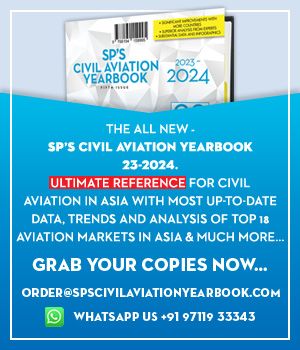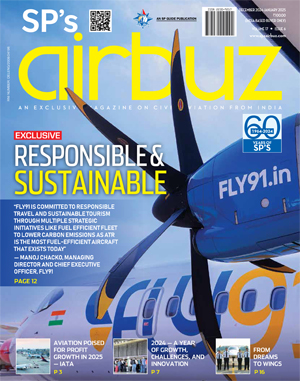Single Crew Airliner — Dynamics
Undoubtedly, to switch to single crew airliner will mean significant operating cost savings while still maintaining safety levels similar to conventional two-pilot commercial operations would be essential
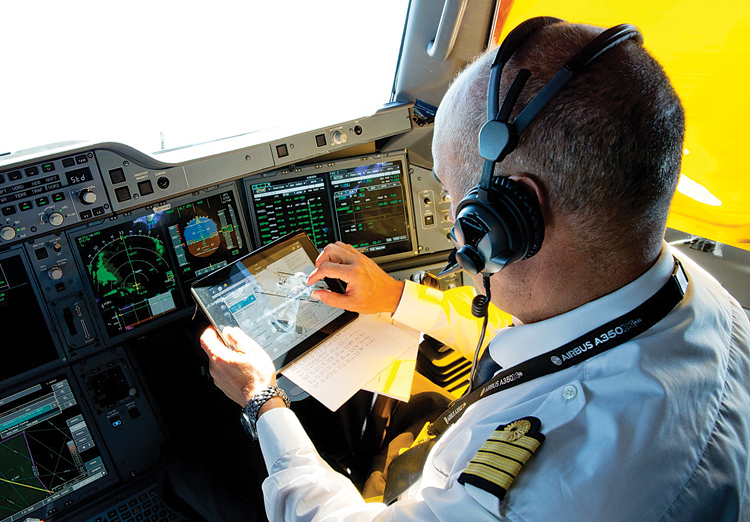
A passenger plane of the 1950s used to have the cockpit crew of nearly five consisting of two pilots, a radio operator, a navigator and a flight engineer. Over the years, advances in avionics, cockpit displays, navigation, radio communications and autopilots have helped reduce the number to two pilots by late 1980s. There is a global debate in the aviation community on whether it is time to relieve the first officer and leave just the captain in the cockpit. The logic that expensive military aircraft have been having single pilot since military aviation began and that mastering of unmanned aerial systems for decades, is being quoted. The emergence of the urban air mobility sector, not to mention driverless cars, has nudged the concept of autonomous transport higher up the agenda. Could developments in artificial intelligence and onboard computers in the civil arena make the co-pilot and eventually perhaps the captain, redundant? But passenger confidence and safety issues remain.
TRANSITION CHALLENGES
The first step would be to greatly increase automation in the cockpit by handing over more tasks to computers. Simultaneously, some tasks will need to go from the cockpit to the ground support crew. Many technologies for ground control already exist in unmanned aerial vehicles (UAV). Undoubtedly, to switch to single crew airliner will mean significant operating cost savings while still maintaining safety levels similar to conventional two-pilot commercial operations would be essential. The initial experiments would have to be on a cargo aircraft. Yet there are some pilots who feel that even with two pilots in the cockpit, sometime situation is complex and both get saturated with tasks.
TRAINED PILOT ON GROUND
NASA has suggested that a trained pilot on the ground could simultaneously oversee a number of flights. He could even take over the aircraft fully if the pilot was to get incapacitated. This pilot could also specialise in a specific airport. Such options have been tested on special simulators created on ground. All ground pilots could safely land the planes, but the studies showed “significant increases in workload” compared to regular two-crew operations. Visual cues from the second pilot were considered important.
COST SAVINGS
Single pilot operations will mean cost savings for airlines as long as the cost of automation and the new maintenance of ground operators does not end up costing more. There will be some savings in cockpit size and facilities. Swiss financial group UBS has priced the reduction of two pilots to one as a $15 billion in savings opportunity for the airlines it analysed, with a further $20 billion obtainable from a fully pilotless plane.
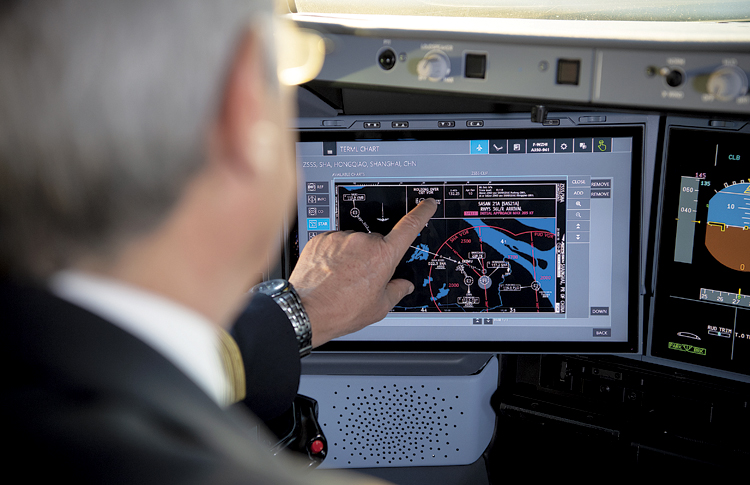
REDUCE THIRD PILOT FIRST
In long-haul flights, currently a third pilot flies as a passenger and takes over when one of the main crew is resting. Before transiting to single-pilot flights, we can have two pilots even for long-haul flights. For takeoff and landing, both pilots could be on controls and for rest of the flight, one could be resting. Airbus and Cathay Pacific are reportedly already testing this concept on the A350 as part of the “reduced crew operations” (RCO) “Project Connect”. Boeing presently lacks an equivalent model with sufficient automation. There will however, be the need to address single pilot’s boredom. Safe deployment will also require constant monitoring of the solo pilot’s alertness and vital signs by on-board systems. Regulatory authorities are part of the test evaluation. Final approval is still some distance away.
ADDRESING PILOT SHORTAGE
Air traffic continues to increase exponentially. The world needs to train an additional 5,50,000 pilots by 2037, according to a 2018 study by the International Civil Aviation Organisation and consultancy Oliver Wyman expects a shortfall of 35,000 (almost ten per cent of the overall workforce) around 2025, if global demand for domestic and international travel rises at pre-COVID-19 rate. This shortage might increase to 50,000 if the economy recovers faster than expected. Post COVID-19, the financially stricken airlines are saddled them with more than $220 billion of new debt while operating costs have run about 50 per cent ahead of revenues. Things will become worse with rising oil prices. Single-pilot operations would mitigate the impact of looming pilot shortage.
OPOSITION FROM PILOT ASSOCIATIONS
Pilot associations already hit by lay-offs and job losses during COVID-19 will resist because of concerns that many more jobs will be lost over a period of time. Later, the pilot-less aircraft would make things even worse. The Airline Pilots Association, International (ALPA), the largest airline pilot union in the world, released a paper in 2019 about the dangers of single-pilot operations. It called the idea “premature” and based on “many costly and unproven technologies.” They cited examples of in-flight automation failures. Cockpit collaboration had made possible for a safe 2009 Hudson River landing of damaged US Airways Flight 1549. Citing the 2015 Germanwings Flight 9525 case, risk of suicide by single-crew pilot is being highlighted. Invoking the Boeing 737 MAX crisis, pilots argue that cost-cutting approach “could lead to higher risks”. In October 2009, a Delta Airlines flight landed on the taxiway in Atlanta instead of the runway because the pilots became disoriented. No one was injured, yet investigators later pointed to fatigue as a key contributing factor. This will increase in case of singlepilot operations. Recent aviation safety history records plenty of incidents where two or more heads in the cockpit were better than one when it came to averting disaster. But proponents point to higher error rates from human pilots than automated systems.
PASSENGER ACCEPTANCE
The main hurdle would remain getting the passengers to be mentally prepared to fly in an airliner with just one pilot. They will consider it “dangerous until proven safe.” The issues that would bother them would be the state of the pilot and trust in the technology. Maybe it would first be tried on cargo aircraft, then on small commuter or chartered planes for a few years before importing on passenger flights.
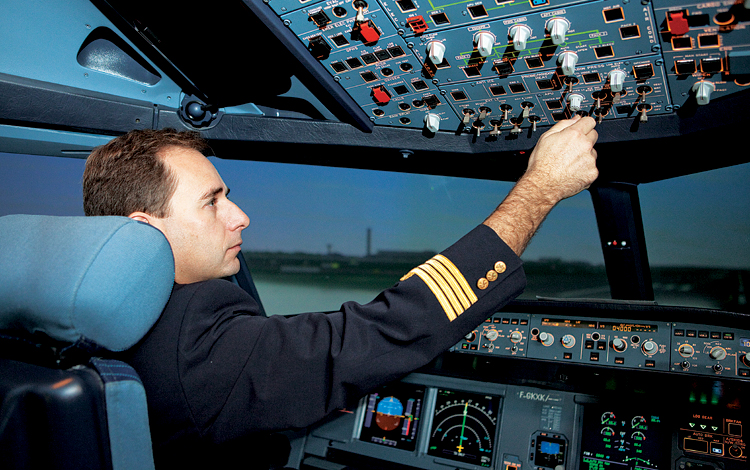
TECHNOLOGICAL ISSUES
Two main technological issues are the automation and safeties in the cockpit and secondly the secure and high-speed data-links with ground-station. Effectively, all these technologies would have to be directed towards a pilot-less autonomously flying aircraft. Airbus has reportedly designed an Airbus A350 autopilot upgrade and flight warning system changes to help a lone pilot manage failures. An “emergency descent” feature that quickly reduces altitude without pilot input in the event of cabin depressurisation. Designers would have to make sure that every situation can be handled autonomously without any pilot input for 15 minutes. Currently, that cannot be guaranteed. While cockpit-activated avionics products such as Garmin’s Autoland are available in the general aviation sector, the technology required to reliably re-route and land a commercial jet is still some way ahead. We may have to think about all the functions that might have to be automated, how a human interfaces with the machine, body language and non-verbal cues. What a human does best is anticipating what will happen. Can a computer do that reliably? It cannot right now, but at some point in the future, it would certainly be possible. Removing one pilot will be the interim step. Regulators and insurance companies will look at these very closely.
THE WAY AHEAD
Unfolding is the extended minimum-crew operations (eMCO) under which flight time can be increased by allowing one pilot to rest during less-intense phases of the flight, with support from ground-based controllers with 2025 as a possible implementation date. The next phase for single-pilot operations will examine whether entire flights could be operated by one member of flight-crew from the early 2030s. Fatigue is the main problem on long-haul flights and the possibility that rules preventing one pilot leaving the cockpit for resting, might change first for cargo operations.
Cash-strapped airlines push for single pilot operations amidst shortage of aviators and once again booming demand for air travel. Single-pilot operations, currently limited to planes with up to nine passengers, would need backing from the International Civil Aviation Organisation and countries whose airspace they cross. Commercial implementation would first require extensive testing, regulatory approval and pilot training with “absolutely no compromise on safety”. Currently, most will continue to engage to support development of the concept. The European Union Aviation Safety Agency plans consultations and certification work in 2022, while acknowledging “significant risk” to the 2025 launch date target.




